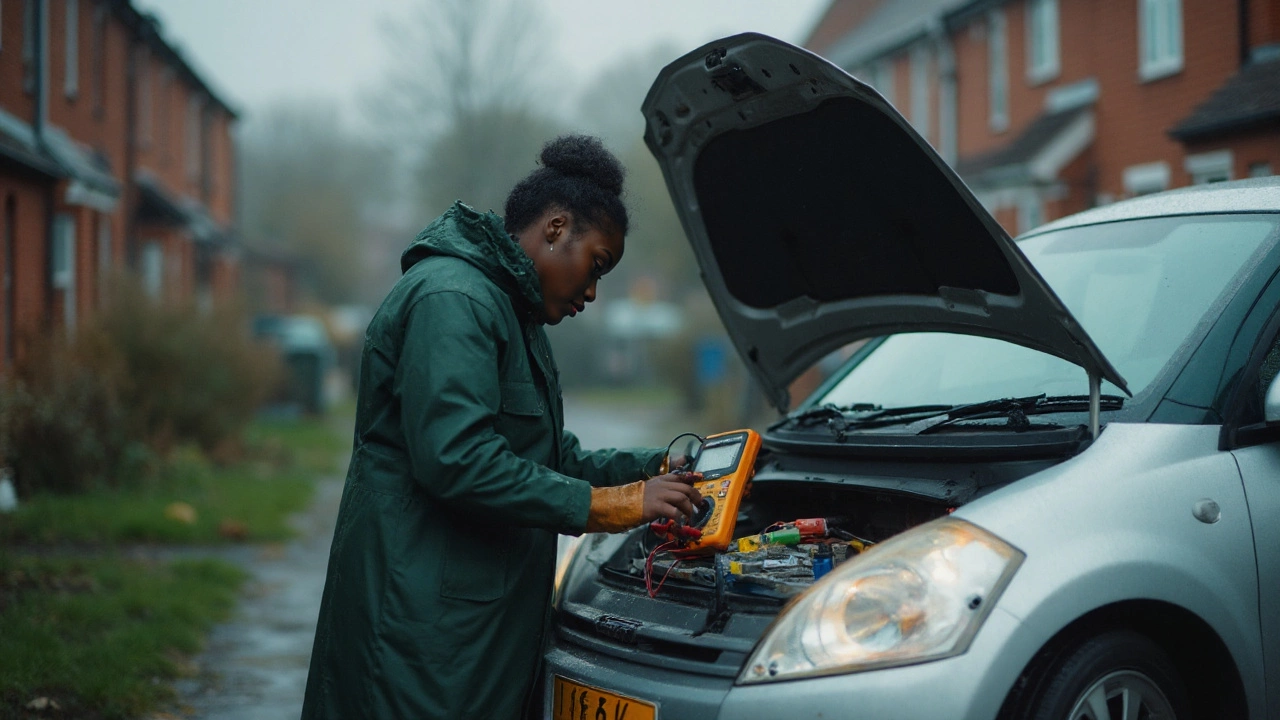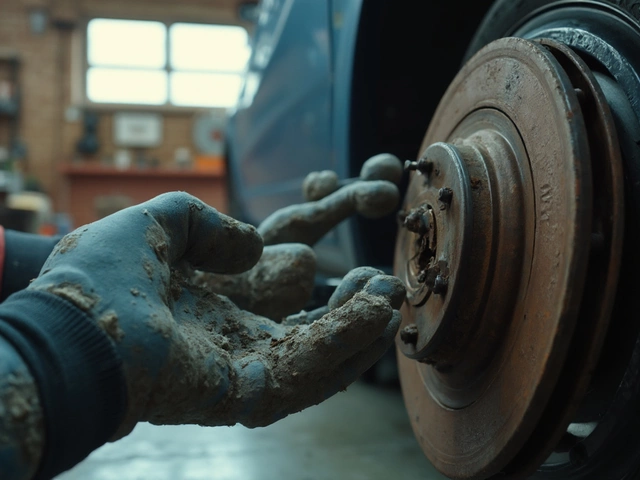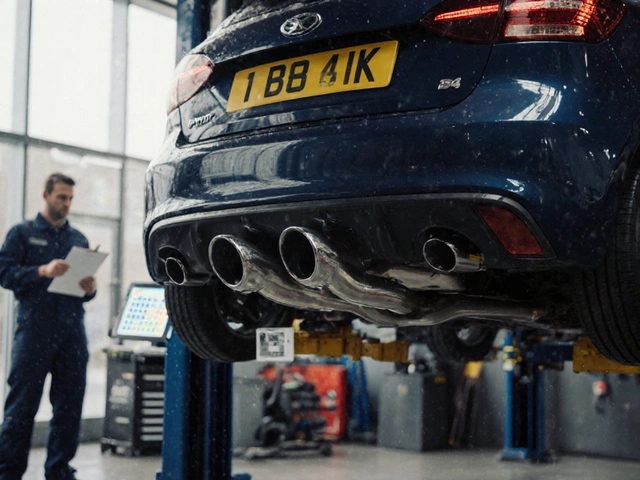Bad Car Battery Signs – How to Spot a Failing Battery
If your car feels sluggish or refuses to start, the battery could be the culprit. A weak battery isn’t just an inconvenience; it can leave you stranded at the worst possible moment. Below are the most common clues that your battery is on its way out, plus easy steps you can take right now.
Common Warning Signs
Dimming headlights and interior lights. When you turn the ignition on, notice if the lights look dimmer than normal. A healthy battery should keep the lights bright even when the engine is off.
Slow or labored engine cranking. If the engine takes longer to turn over or makes a sluggish grinding noise, the battery may not be supplying enough power.
Clicking noise when you turn the key. A rapid clicking sound usually means the starter is trying to work, but the battery can’t deliver the needed juice.
Electrical accessories act oddly. Radio, windshield‑wipers, or power windows that work erratically can be a sign of low voltage.
Battery warning light on the dashboard. Most modern cars have a battery icon that lights up when the charging system detects a problem. Don’t ignore it.
Corrosion on the terminals. A white, crusty buildup around the battery posts reduces the flow of electricity and can cause many of the symptoms above.
What to Do Next
First, check the connections. Make sure the terminals are clean and the clamps are tight. You can clean off corrosion with a mixture of baking soda and water, then dry thoroughly.
If the connections look good, try a simple voltage test. With the engine off, a fully charged battery should read around 12.6 volts. Anything below 12.2 volts suggests it’s discharged.
Start the engine and measure again. A healthy charging system should bring the voltage up to 13.7–14.7 volts. If it stays low, the alternator may be at fault, but a failing battery can also cause low readings.
When in doubt, take the car to a local garage or a tyre centre like Northwich Tyres Centre. They can perform a load test to see if the battery can hold a charge under real driving conditions. The test usually takes only a few minutes and can save you from a costly breakdown.
If the battery is old (over three to five years) and fails the load test, replacement is the safest option. Modern batteries are more resilient and can handle the demands of today’s electronics.
While you’re waiting for a new battery, keep the car’s electrical load low. Turn off lights, radio, and air‑conditioning before you start the engine. This gives the battery a better chance to crank the engine.
Finally, schedule regular checks. A quick visual inspection every few months and a voltage test once a year will keep you ahead of most battery problems.
By paying attention to these signs and acting early, you’ll avoid a dead‑battery surprise and keep your car running smoothly. If you need a new battery or a professional test, swing by Northwich Tyres Centre – we’ve got the parts and expertise to get you back on the road fast.
 11 September 2025
11 September 2025
How to Tell If Your Car Needs a New Battery: Signs, Tests, and Costs
Know when to replace your car battery. Learn clear symptoms, quick tests, exact voltages, costs, and a repair vs replace decision tree you can use today.






0